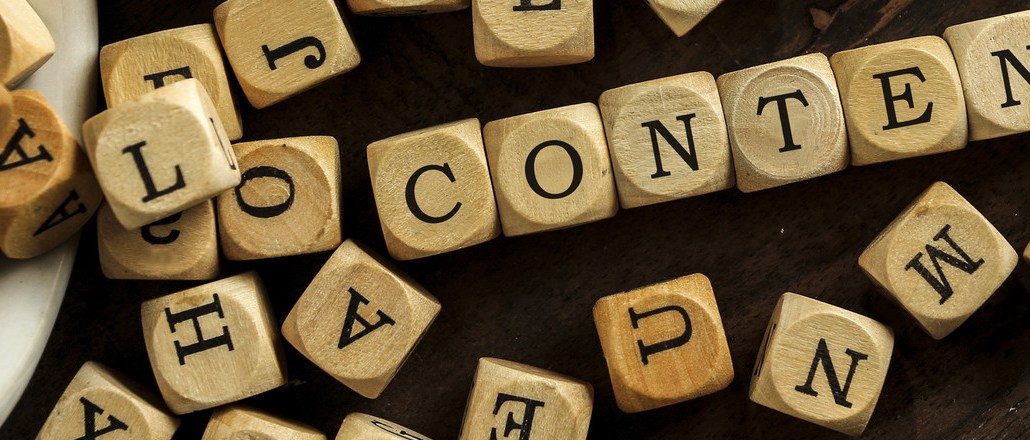Engaging content: A bespoke examination of the linguistic assault on ‘advertising’

(You’re about to see way more “scare quotes” than you’ve ever seen in your life. If you’re already feeling queasy, please, close tab.)
We all know by now that advertising is no longer “advertising.” It’s “content.”
But it’s not just “content.” It’s “organic” content. Or “authentic” content. Or “holistic” content — which is apparently different than “integrated” content. Or “optimized” content. Or “bespoke” content. (You think I’m making that up?) And of course, “viral” content — which everybody wants but nobody gets (unless it’s “catvertising”). There’s also “snackable” content and “ephemeral” content, but ain’t nobody got time to define them.
Wait, I forgot, advertising is now, also, “storytelling,” which better be “authentic.” I haven’t seen “bespoke storytelling” y … dammit! Spoke too soon. But if you ever want to sell any of it ever again, call it anything but “advertising” — unless you put “native” before it.
Marketing is also no longer marketing. It’s “engagement.” (Sorry chief marketing executives, you should change your business cards immediately. But just think: Now you’ll be CEOs too!) The reason for this change is because all brand marketing from now on must “engage” — or at least “invite” — the lowly consumer into their BS worlds, into the exciting and ongoing “evolution” of their brand.
The only times you’re allowed to use the word “marketing” these days is if it’s surrounded by other fancier words; for instance: “experiential marketing activation,” an example of which would be you experiencing the Kool-Aid Man destroying your house, IRL. (Don’t even think of “activating” that “ideation” Kraft; I’ll sue.)
Advertisers — even the sleazy ones — are no longer merely “advertisers.” Now they’re also “publishers,” which sounds so much more stately. Meanwhile, publishing “houses” are quickly heading toward “deactivation.”
Even consumers are no longer consumers. They’re now “brand advocates” who may become “brand activists,” some of whom rise to “brand ambassadors” who sometimes even become “decision influencers.” By the way, I’m no longer a “copywriter,” I’m a change agent. Ladies, line on up for some of this “internal changeable content” now.
Please note that I’m not going anywhere near the quicksand death pit that is new “media” buzzwords. (“Dynamic allocation?” Really, Google?) You media tech people have completely lost your goddamn minds.
So of course it’s all you “digital” and “ad tech” people-bots who are responsible for this “newspeak” — trying to make advertising a centillion times more complicated than it is.
The only way I can think of to slow down this hogwash rollercoaster is the mandatory implementation of electrified buzzword buzzers in every chair and underneath every floor in every room of every related company everywhere. You say or type a buzzword? Your bespoke ass gets dynamically re-allocated. How’s that for experiential?
More in Marketing

Agencies create specialist units to help marketers’ solve for AI search gatekeepers
Wpromote, Kepler and Jellyfish practices aim to illuminate impact of black box LLMs’ understanding of brands search and social efforts.

What AI startup Cluely gets — and ad tech forgets — about attention
Cluely launched a narrative before it launched a tool. And somehow, it’s working.

Ad Tech Briefing: Start-ups are now table stakes for the future of ad tech
Scaled ad tech companies need to maintain relationships with startups, when the sector is experiencing ongoing disruption due to AI.





